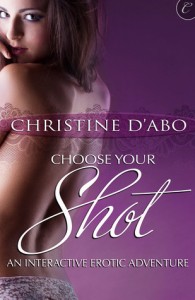 Christine D’Abo gets my undying admiration for simply undertaking her most recent project, Choose Your Shot, her erotic-romance choose-your-own adventure story that released yesterday (8/12/13) from Carina Press. And she gets an extra humongous dose of slobbery worship from me for executing it with style. Because writing choose-your-own-anything fiction is freakin’ hard, and writing it for romance readers is even harder. And I know this for a fact, because I am an oft-quoted expert on the subject of choose-your-own-stuff, aka “hypertext,” fiction. I am totally not kidding. Here is how I achieved this weird status:
Christine D’Abo gets my undying admiration for simply undertaking her most recent project, Choose Your Shot, her erotic-romance choose-your-own adventure story that released yesterday (8/12/13) from Carina Press. And she gets an extra humongous dose of slobbery worship from me for executing it with style. Because writing choose-your-own-anything fiction is freakin’ hard, and writing it for romance readers is even harder. And I know this for a fact, because I am an oft-quoted expert on the subject of choose-your-own-stuff, aka “hypertext,” fiction. I am totally not kidding. Here is how I achieved this weird status:
The year the Web was born, I was in college. I was dating my now-husband long distance. He was in Iowa City, Iowa, and I was in Amherst, Massachusetts. I went to visit him in January, a time of year that is beautiful in neither place. But that January in Iowa, the weather was particularly impressive in its intensity—so cold my bodily fluids froze on and in my face, so cold the sliding glass doors of my husband’s teeny tiny studio apartment froze shut and had to be wedged open with a crowbar improvised from parts of the ski rack on the roof of his car.
We spent hours of my January visit in the Information Arcade in the University of Iowa library, building Web pages. He had an agenda: He wanted to learn to be a Web designer so he could find a job in the burgeoning field of Web-related technology, which meant he’d be able to leave the English literature program he loathed. I had no agenda other than to keep him company. To kill time, I built a personal home page.
My page went up at a moment in time when you could still count the number of pages in the whole wide new world of the Web. I became, weirdly, a kind of pioneer, for a short time, up there with Time magazine and the other early corporate adopters, and for a few brilliant months, a large number of people listened to what I had to say.
I wrote two essays for my new page. In one, a philosophy of home pages, I explained what I believed did and didn’t belong on a home page (the same sorts of things, which people have more recently claimed do or don’t belong in blogs, or on Facebook, or on Twitter). The other was a literary theory of hypertext fiction. Hypertext fiction—fiction uses links to create choices for the reader—existed before the Web, but the Web got people excited about it again. Several people cited my theory in their academic papers. It was translated into Spanish. It’s possible that essay got more readers than anything else I’ve published since—or at the very least, attracted a more passionate group of adherents.
The main thrust of the essay was that hypertext fiction would have to find some way to overcome its biggest obstacle, lack of plot. At the time, I had a sketchy understanding of character and how it interacted with plot, so I suggested that maybe really excellent characterization could substitute for plot. What I didn’t understand yet is that classic narrative structure requires not just excellent static characterization—so-and-so is/behaves this way—but arc—characterization that moves through an ordered series of experiences toward revelation. That (I now believe) is the real challenge of any non-linear fiction—finding some way to satisfy the reader without that ordered series of either events or character growth moments.
To add to the difficulty, romance readers have an addition expectation for their narratives, happily ever after. The instant you ask a reader to choose among paths, you as a writer lose control of your ability to make a single coherent argument about what the happily ever should be and how it might be achieved. You run a great risk of disappointing those very well-established expectations.
That’s why writing a piece of hypertext fiction for romance readers is such an act of bravery, and why Christine will enter my personal hall of fame for having ovaries of steel (although I think she would be the first to admit she didn’t complete know what she was getting into when she undertook the project).
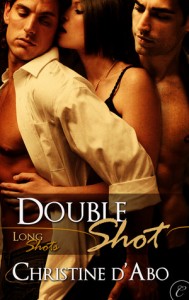 Choose Your Shot takes place in the sex club Mavericks, setting of all Christine’s Carina Press Long Shot stories, where Tegan has come to “scratch the various itches she developed.” Tegan is a switch—sometimes domme, sometimes sub—and the newly redesigned Mavericks offers her the opportunity to indulge both sides of her sexuality—and a number of other delightful kinks. Once the story is established, Christine lets readers make choices about where in the club Tegan goes—dungeon, private rooms, the St. Andrew’s Cross, bonadage bed, etc—and who she goes with.
Choose Your Shot takes place in the sex club Mavericks, setting of all Christine’s Carina Press Long Shot stories, where Tegan has come to “scratch the various itches she developed.” Tegan is a switch—sometimes domme, sometimes sub—and the newly redesigned Mavericks offers her the opportunity to indulge both sides of her sexuality—and a number of other delightful kinks. Once the story is established, Christine lets readers make choices about where in the club Tegan goes—dungeon, private rooms, the St. Andrew’s Cross, bonadage bed, etc—and who she goes with.
Christine has done several very clever things to deal with the difficulties of managing story in a non-linear structure.
—She sets the book in a sex club, which, at least the way Tegan experiences it, is a non-linear adventure. The reader’s experience of choosing where to go within the story fits well with Tegan’s meanderings through the club. The book feels like a sex club, like wandering lost in corridors and stumbling on something new. Sometimes Tegan is drawn fully into an adventure, sometimes she hangs back, watching and observing—which gives the reader permission to do the same and helps cut the feeling of alienation that might otherwise come with being outside a standard narrative structure.
—Christine designed Tegan as a character so she doesn’t need to make a simple, linear discovery about herself—she wants to play, and she wants to rediscover all the aspects of her sexuality, which is part of what Christine states about her in the early part of the book.
—Christine gives Tegan mini-revelations within the whole adventure—there are junctures where the reader can explore scenes that are essentially complete stories within the story. And those mini-revelations provide mini plots and mini arcs that provide some of the satisfaction that might otherwise be lost in a book that doesn’t deliver on all of our narrative expectations.
—Christine arranged the book’s plot around a simple attraction triangle, which is easy to get a feel for even when you move back and forth in time. I went down all the paths in the book, and when I was done, I had a strong sense of the story, even though I hadn’t read it in order. I think that’s hard to do. It’s also a challenge to make either of the two main paths—the choice between heroes—feel like a happy-for-now, but because Tegan is the character she is—a switch, an explorer—we buy it.
Obviously I got a ton of cerebral enjoyment out of this story, partly because I’m a theory wonk and hypertext fiction is one of my earliest theory-wonk playgrounds, but let me just state for the record that my enjoyment of Choose Your Shot was by no means purely cerebral. There are several scenes in this book that will enter my personal (I think this is a Ruthie term) wank book. I had the feeling, finishing up this book that you want to have from any good romance novel, of wishing I could leave my life for a bit and hang out with Tegan at Mavericks. I wonder if she’d talk to me about hypertext literary theory while she drips hot wax on me?




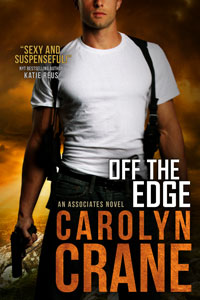
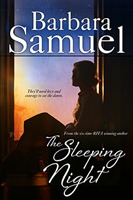
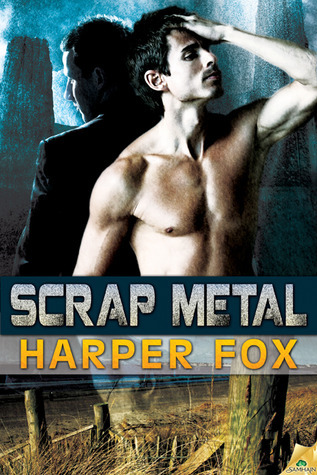
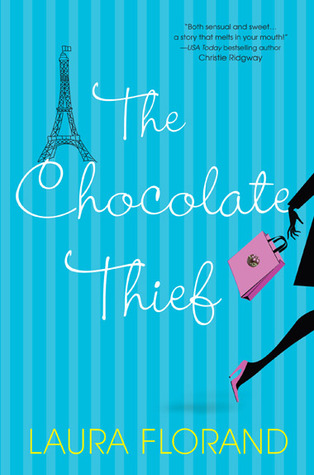
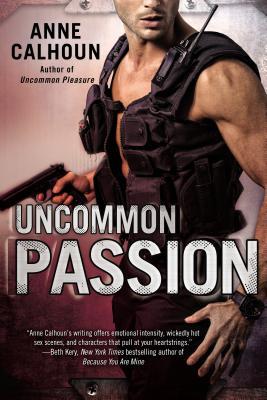
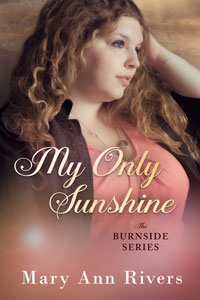
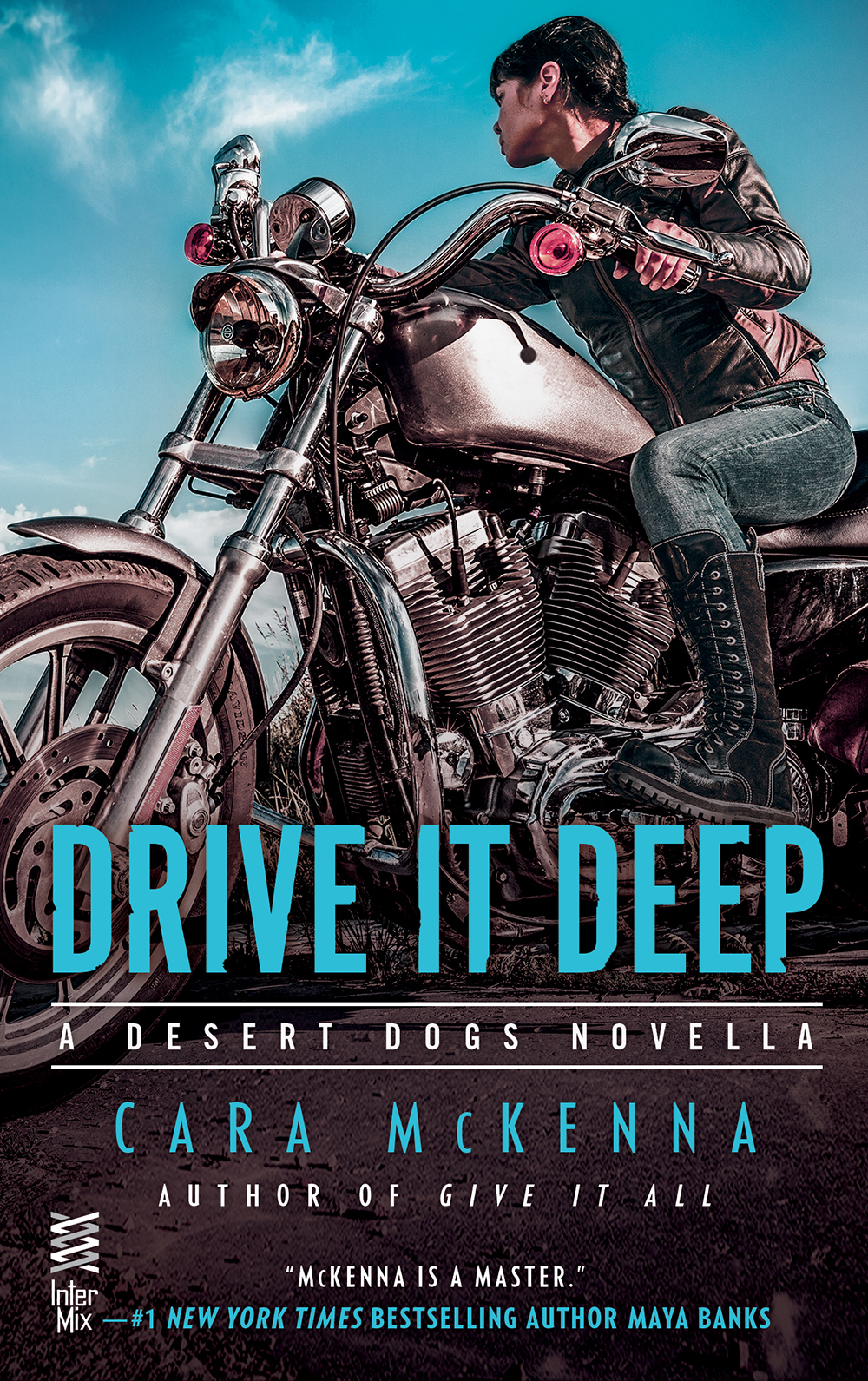
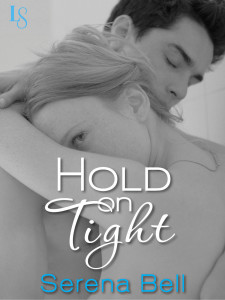
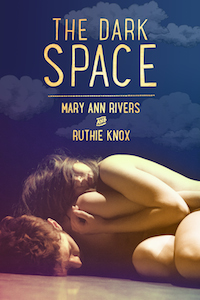
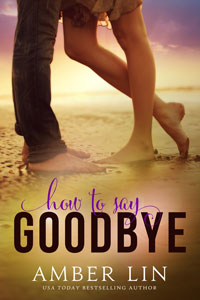
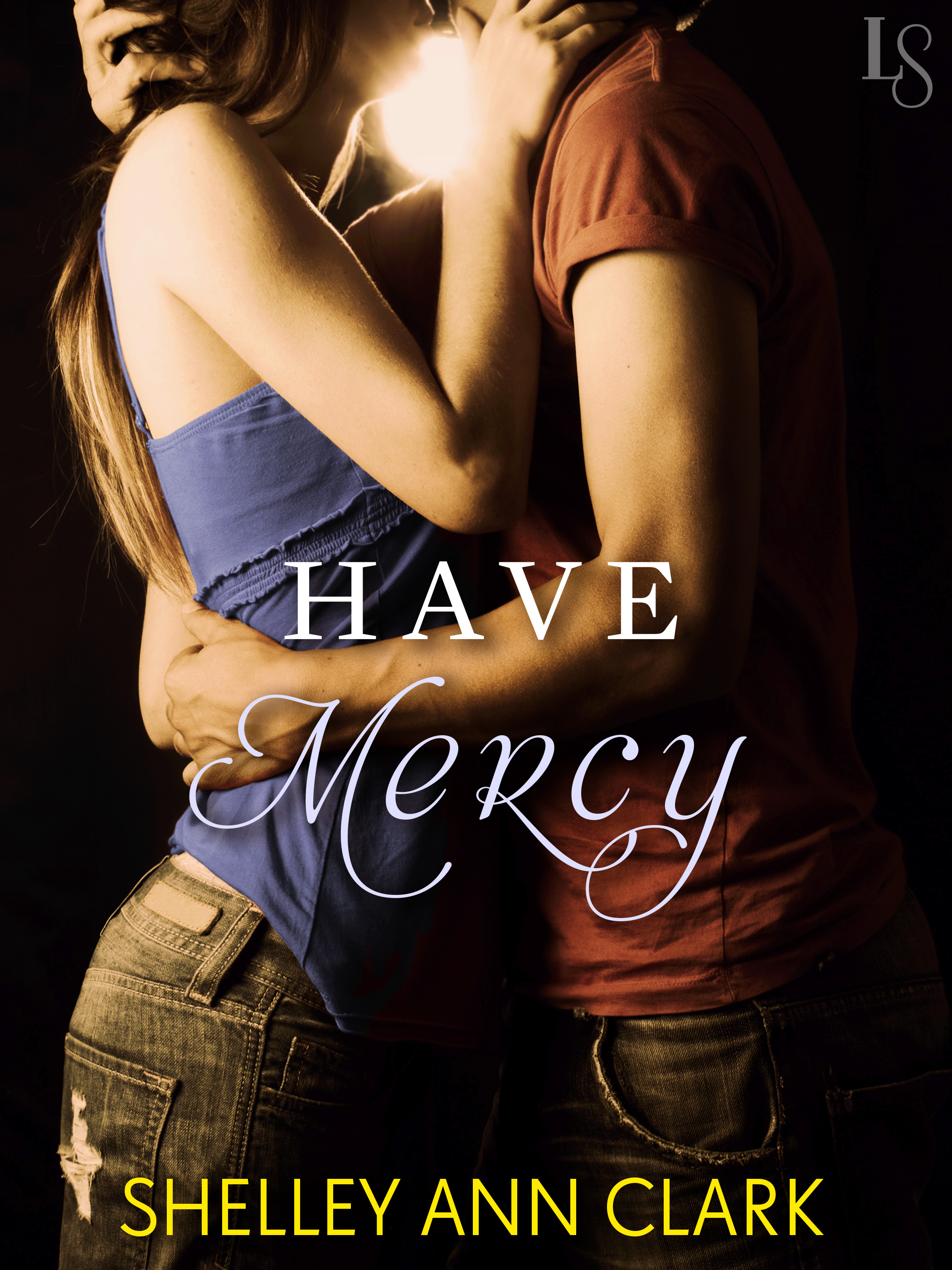
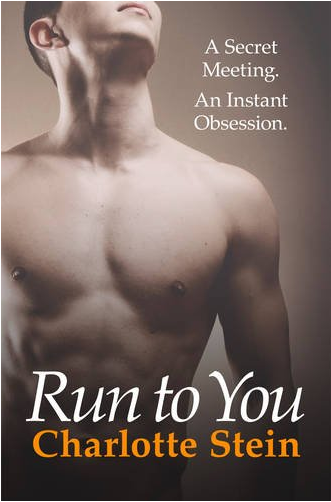
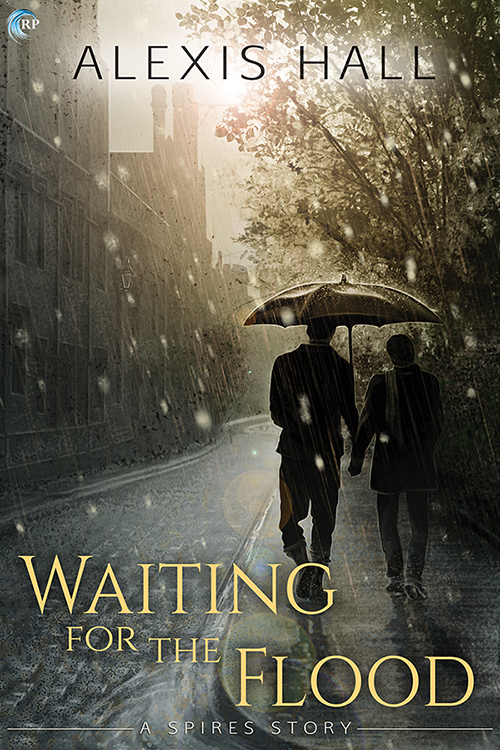
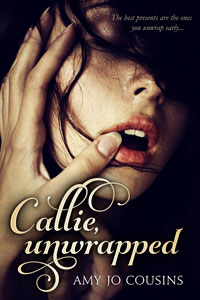
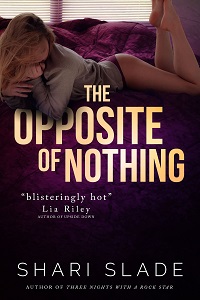
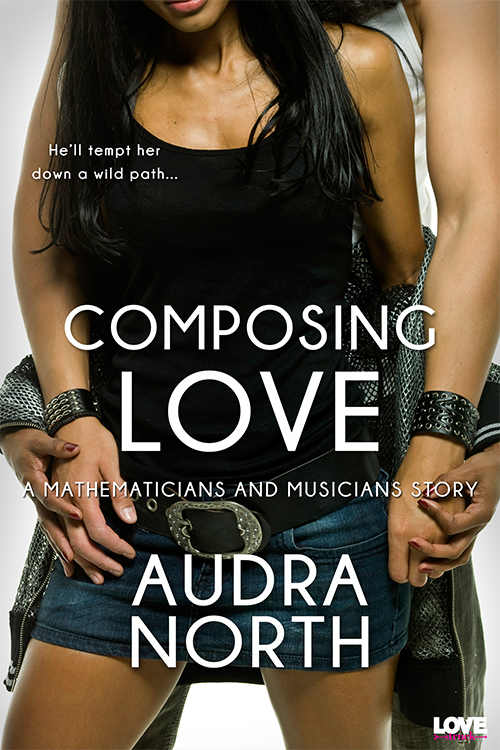
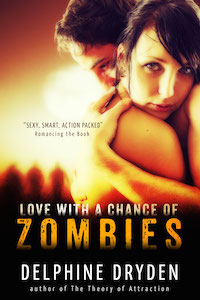
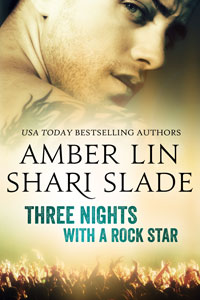
What a fun write-up – this sounds so cool! I love these little insights into the mechanics and challenges of this work. And also, that is so funny about your paper. I am so excited to know a famous theoretician!
It’s definitely my weirdest claim to fame, by far!
I love this post, and the whole idea for this book, and also Christine. I hadn’t thought about the craft challenges of writing romance in a choose-your-own format — how to deliver a satisfying story with character development, how to make that story build to a happy ending. It sounds like Christine made all the right choices to get that to work. Genius!
You definitely have to think really hard about all the romance assumptions and how to manage non-linear consumption. I want you to read it, too, so we can exchange wonktastical views on the subject …
What a great concept! I’ll have to add this book to my list.
Ah, the early days of the internet in college: Waiting for a computer at the lab. Black screens with orange type. Dot matrix printers. Good times!
The Lynx text browser, too, right, right before the graphical Web was born …
I haven’t read a choose-your-own book since I was a kid. That one was about a horse. You got to decide things like does he go to the pasture or to the cave? Definitely no St. Andrew’s cross in that one, LOL!
Serena, I love how cerebral you are! How cool you are right up there with Al Gore and the other internet pioneers!
This one doesn’t have a horse in it, although I think Christine might be taking notes for her next book. :-)
I definitely don’t get to claim Internet-pioneership, only graphical-Web pioneership, and really only over this very very small territory! My dad’s workplace, however, was one of the original links in one of the early manifestations of the actual Internet, so I guess there’s a little family history. :-)